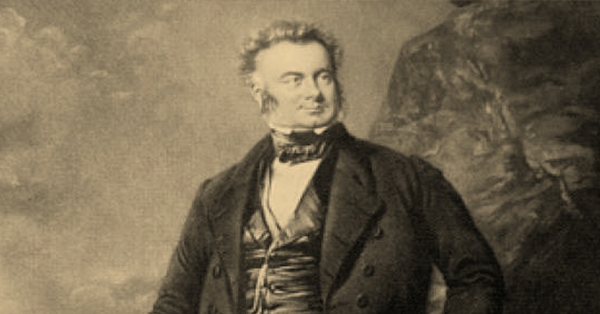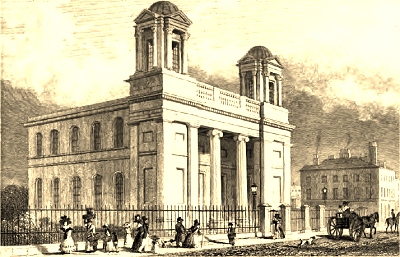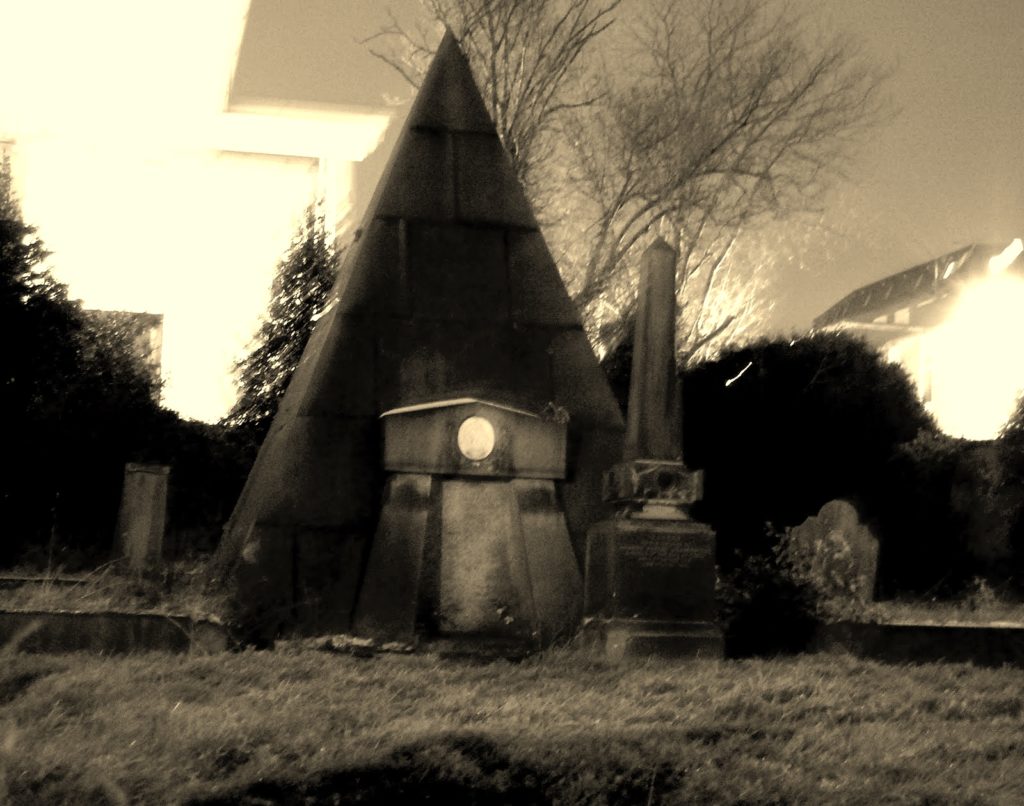
WILLIAM MACKENZIE’S TOMB
A few years back, while visiting Liverpool, I read an article in a daily newspaper about the curious pyramid-shaped tomb of William Mackenzie, which is situated in the graveyard of the former St. Andrew’s Church in Rodney Street. By some strange coincidence, I found myself in a restaurant in Rodney Street, that very evening, situated directly opposite the graveyard and in full view of Mackenzie’s tomb.

William Mackenzie was born near the town of Nelson, situated to the north east of Liverpool in 1794. After beginning work as a weaver he entered into civil engineering. He was first employed as a lock carpenter on the Leeds and Liverpool Canal 1n 1811 and later on the Edinburgh and Glasgow Union Canal, Birmingham canals and the Liverpool and Manchester railway.
Mackenzie subsequently became a wealthy man amassing an estate of £340,000, equivalent to £42 million today. However, by all accounts, he became an inveterate gambler. Legend has it he bet and lost his soul in a game of poker with the Devil. Nonetheless, he was said to have contrived a plan to outwit Satan. He figured that if he was never buried, Satan would not be able to lay claim to his spirit. As a result he was said to have been buried sitting upright in his tomb supposedly seated at a table with a winning hand of cards in his bony fingers.
Mackenzie’s died on the 29th October 1851 aged 57 years. His troubled spirit is said to appear out of the gathering dusk to haunt Rodney Street as night begins to fall. For, although he cheated the Devil, he could not enter heaven either. As a consequence his spirit continues to meander aimlessly twixt this life and the next. Many locals claim to have encountered the vague form of a man, dressed in 19th century attire, close to the graveyard of St. Andrew’s Church.
However, there is tangible evidence that the account of his entombment is untrue. The strange and imposing pyramid monument was actually erected seventeen years after his death in 1868 by his brother Edward and only placed there after the death of his second wife Sarah in 1867.

Interestingly, there are many similar tombs in other graveyards in the British Isles with similar tales attached to them. Thomas à Becket’s churchyard in Brightling, East Sussex is home to a twenty-five foot (7.62 metre) pyramid dedicated to John “Mad Jack” Fuller; although he himself preferred to be called “Honest John” Fuller. He was Squire of the hamlet of Brightling, in Sussex, and politician who sat in the House of Commons between 1780 and 1812. Fuller was said to have been entombed in the pyramid in full dress and top hat seated at a table set with a roast chicken and a bottle of wine. This was later dismissed as myth for, during renovation in 1982, he was found to be buried in the conventional manner.
The inscription on MacKenzie’s tomb also proves that he was buried beneath the pyramid and that the monument was erected a decade and a half after his burial. Nonetheless, the legend of his upright interment continues to be told and still believed by many to this day.
